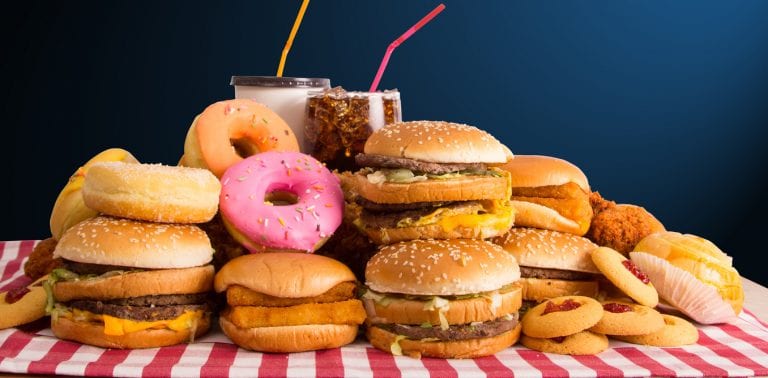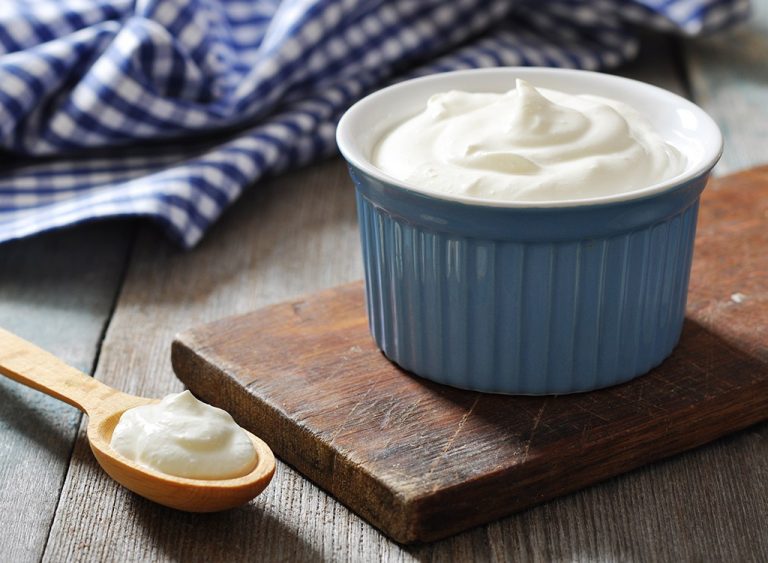
Magnesium is the fourth most abundant mineral in our bodies. It plays a role in more than 300 different physiological processes, from making protein to carrying out healthy muscle and nerve function.
While it is important for all those reasons, its role in naturally reducing stress and anxiety have caused people to take a closer look at this mineral lately as they try to eat more foods high in magnesium. “As self-care becomes more of a focus, magnesium-rich foods can be an easy (and inexpensive way) to take good care of yourself,” says Brigitte Zeitlin, MPH, RD, and owner of BZ Nutrition.
Getting more of this mineral into your diet can promote better sleep and there’s evidence it can help alleviate premenstrual symptoms, fight bloat, and ease constipation, too.
Magnesium plays an important role in your brain as well as your body. Some evidence has shown it may help with depression and help relieve migraines, says Keri Glassman, RD, a New York-based dietician and owner of Nutritious Life. “Recently, it’s been getting extra attention for its ability to help with sleep.
Magnesium helps regulate neurotransmitters that may help you relax,” she says. “It also plays a role in the regulation of the sleep hormone melatonin. When you don’t have enough magnesium, you may have trouble sleeping.”
Most adults need between 310 (women) and 400 (men) milligrams per day, but certain medical conditions can put you at risk of magnesium inadequacy, the term for not getting quite enough to meet your RDA, but still not showing signs of a deficiency, which can include loss of appetite, nausea, fatigue, and these other symptoms.
If you have GI issues, such as Crohn’s or celiac disease, or type 2 diabetes, it can be harder to reach your magnesium goals. As you age, your body tends to have a tougher time absorbing the mineral and older adults tend not to consume as many magnesium-containing foods as younger ones.
Data suggests that roughly half of Americans don’t get enough magnesium in their daily diets.
To make sure you’re not one of them, load up on these foods high in magnesium:
Spinach (156 mg per cup, cooked)
Two cups of cooked spinach will get you to your RDA if you’re a woman, though that can be a lot, literally, to swallow. Try subbing steamed or wilted spinach in for pasta and using it as a base for meatballs, suggests Zeitlin.
Hemp hearts (197 mg per 3 tablespoons)
These mild, nutty-tasting seeds are a superfood for sure. In addition to a hefty dose of protein and plant-based omega-3 and -6 fatty acids, less than a quarter cup provides nearly 200 mg of magnesium. Sprinkle them on oatmeal or salads, or stir them into smoothies or soups.
Nuts (80 mg per ounce)
You already know nuts as a great source of protein, fiber, and healthy fat. Well, they have a decent amount of magnesium, too. One ounce of almonds delivers 20 percent of your RDA for the mineral. Cashews and Brazil nuts are other top picks for a magnesium-rich snack. Just be cautious about how much you eat, since nuts can be high in calories.
Pumpkin seeds (74 mg per ounce)
Like nuts, seeds are a good source of many vitamins and minerals. Pepitas, or pumpkin seeds, are a great source of magnesium specifically, with a quarter cup providing 42 percent of the RDA. You’ll get plenty of fiber with that, especially if you eat the shells. Enjoy a handful as a snack, or sprinkle them on soup or salad.
Nut butters (49 mg per 2 tablespoons)
Another way to get your daily dose of magnesium is by eating nut or seed butters. Like whole seeds and nuts, these are foods that are high in magnesium: Two tablespoons give you almost 50 milligrams. Just opt for natural no-sugar-added varieties, or make your own.

























